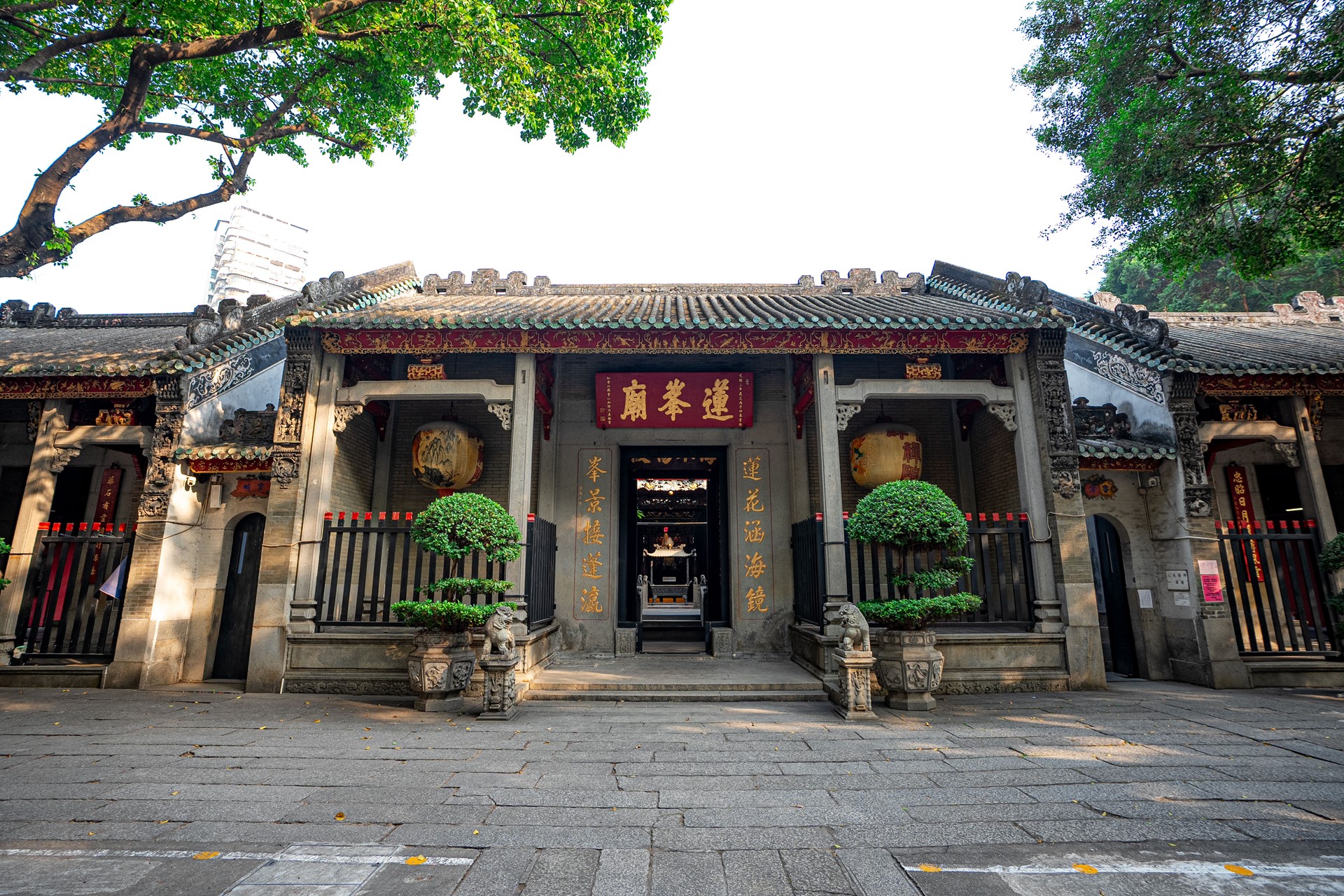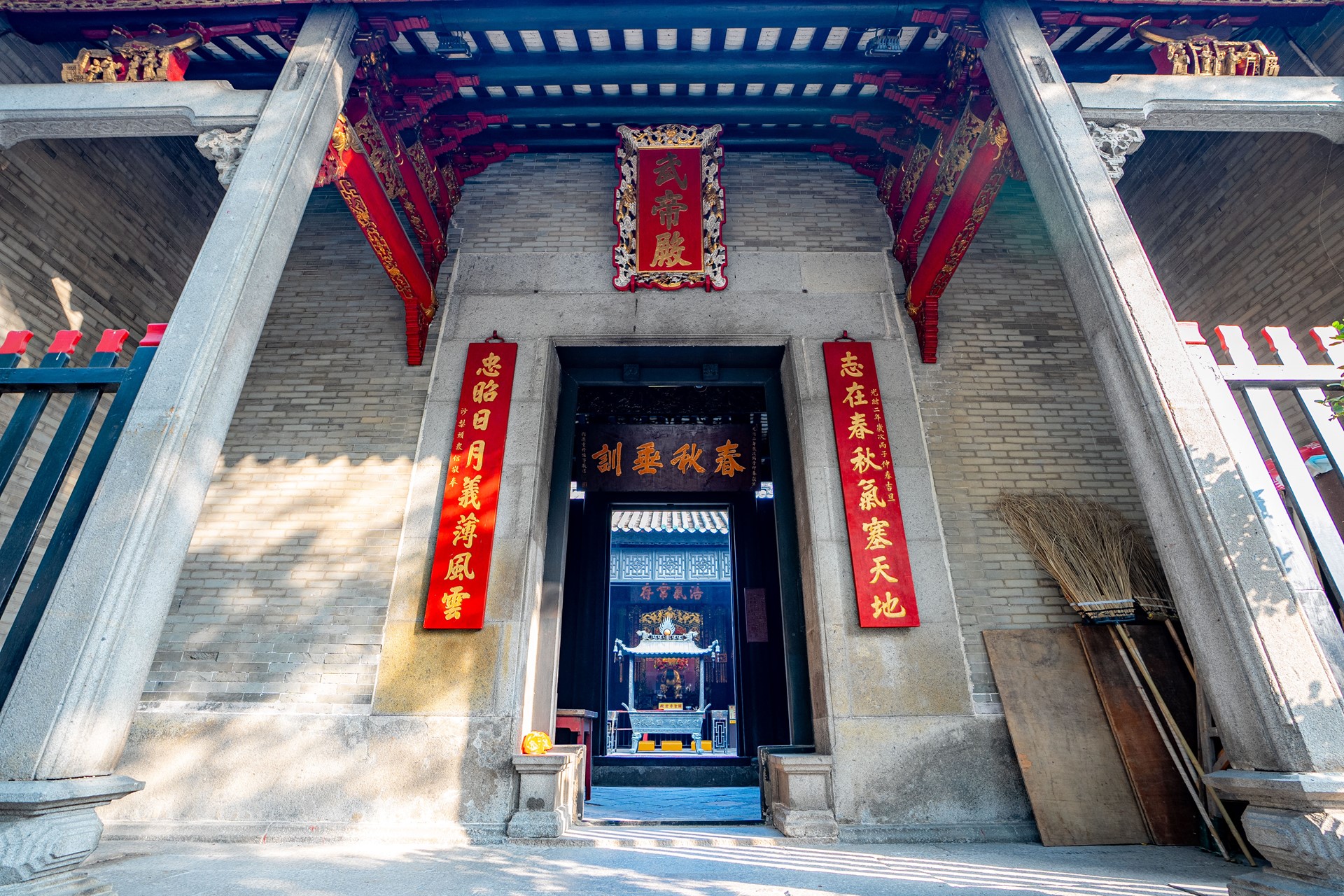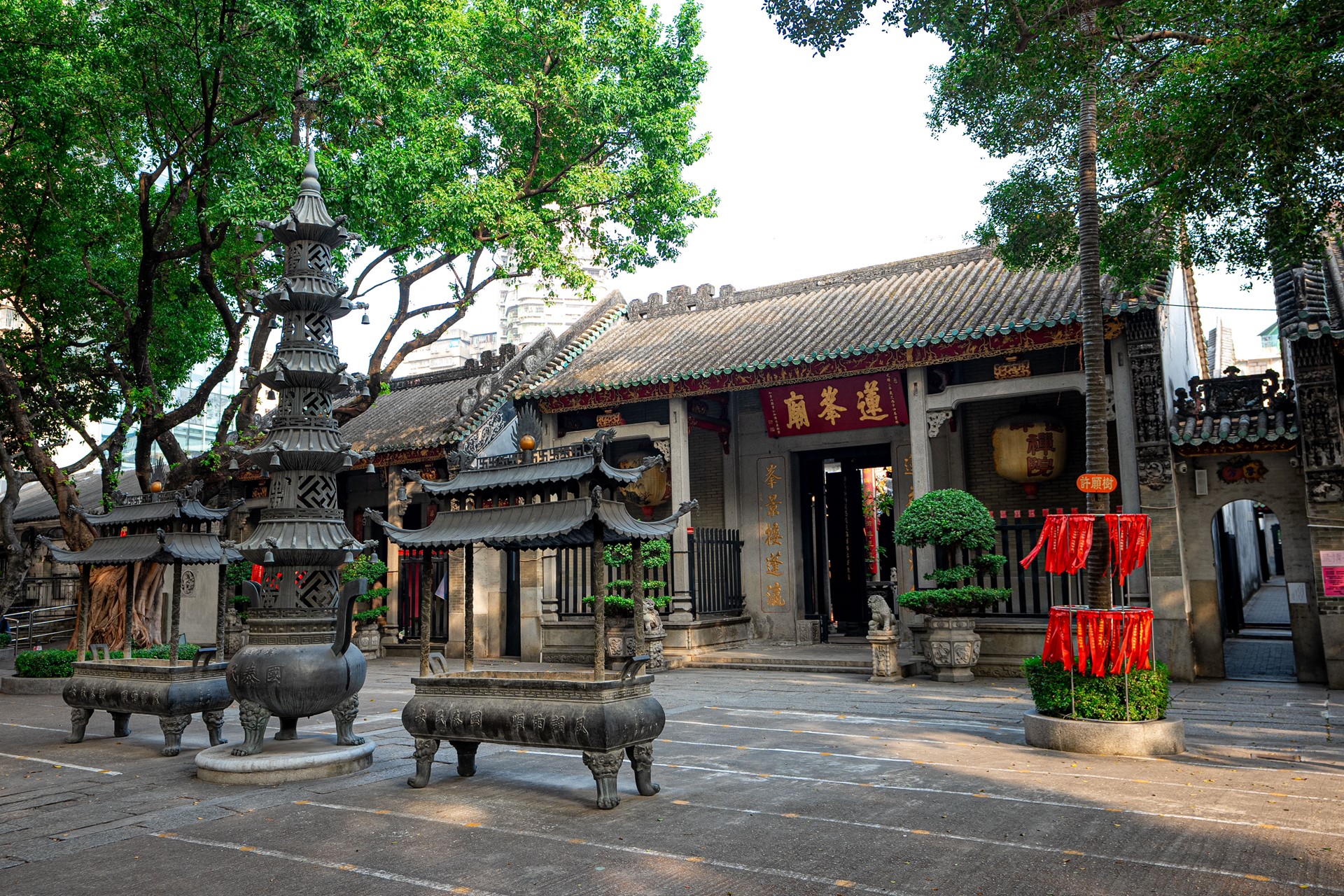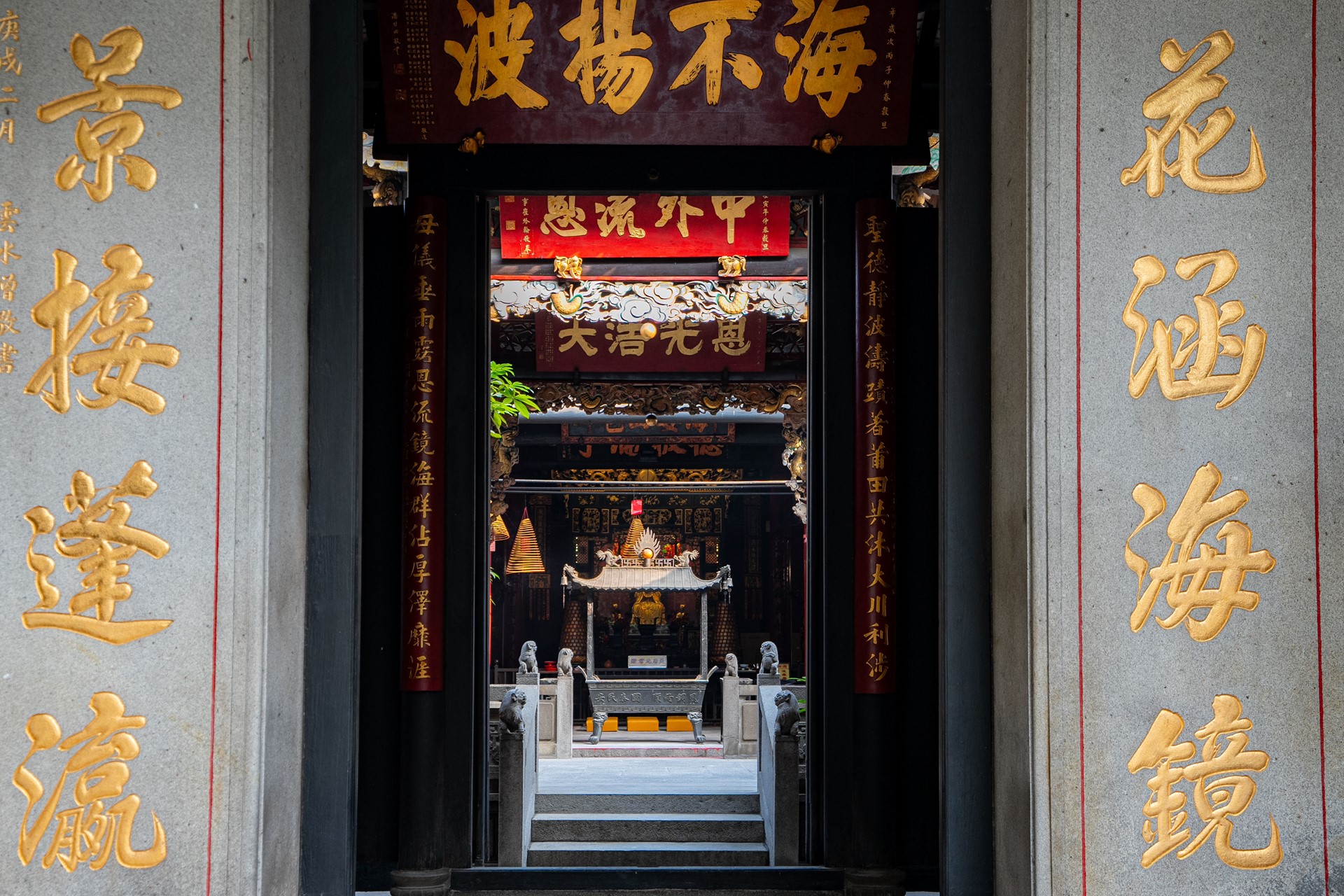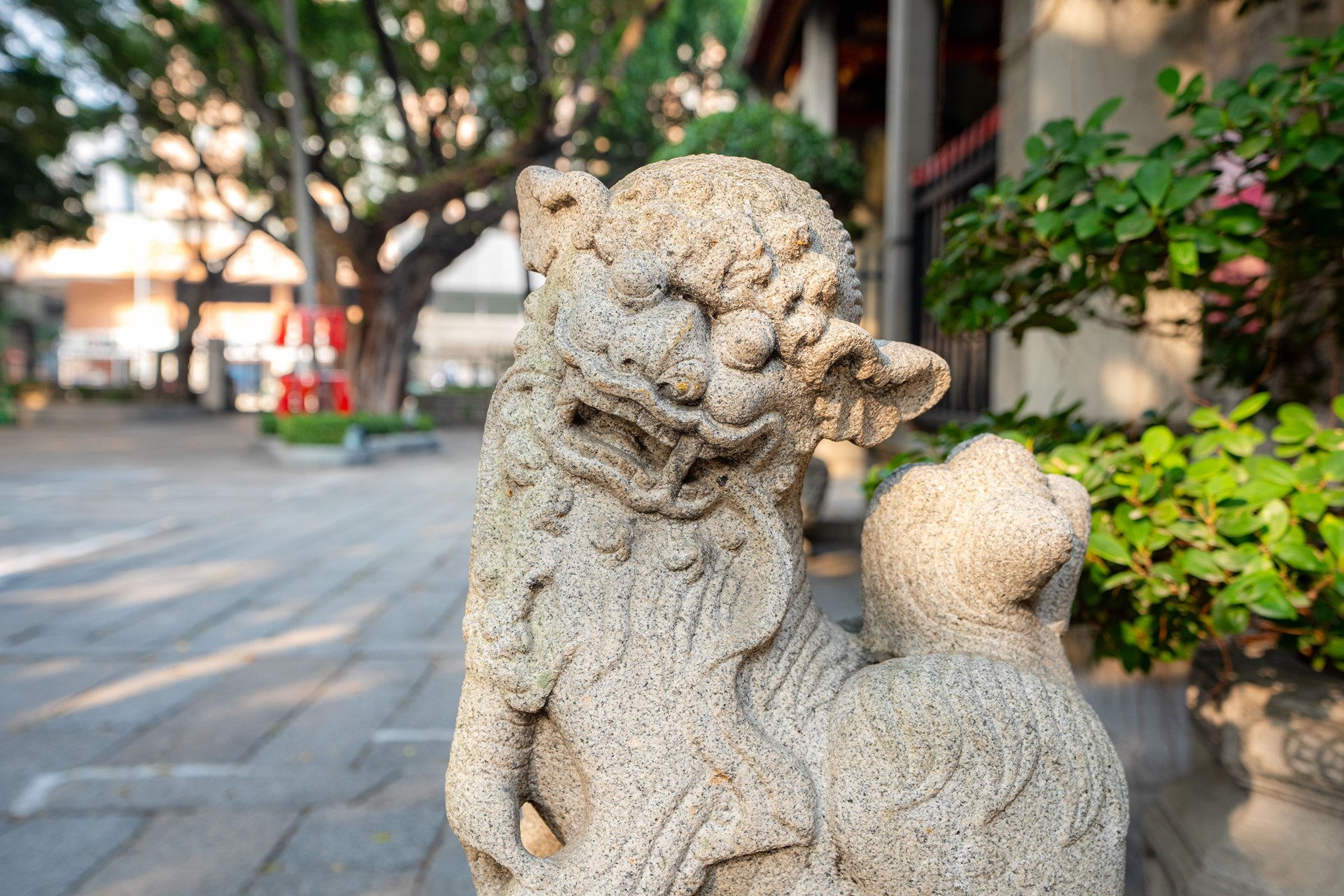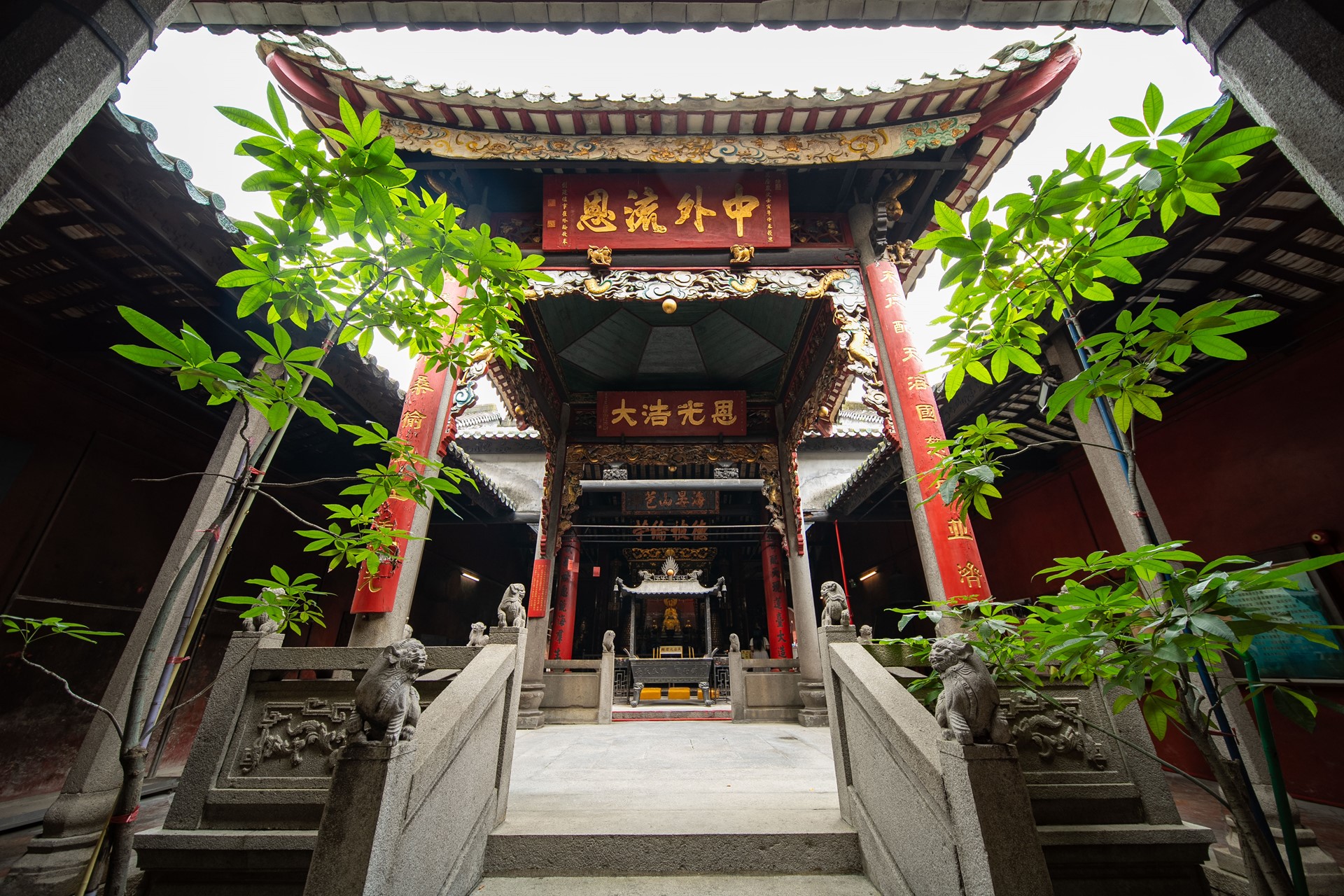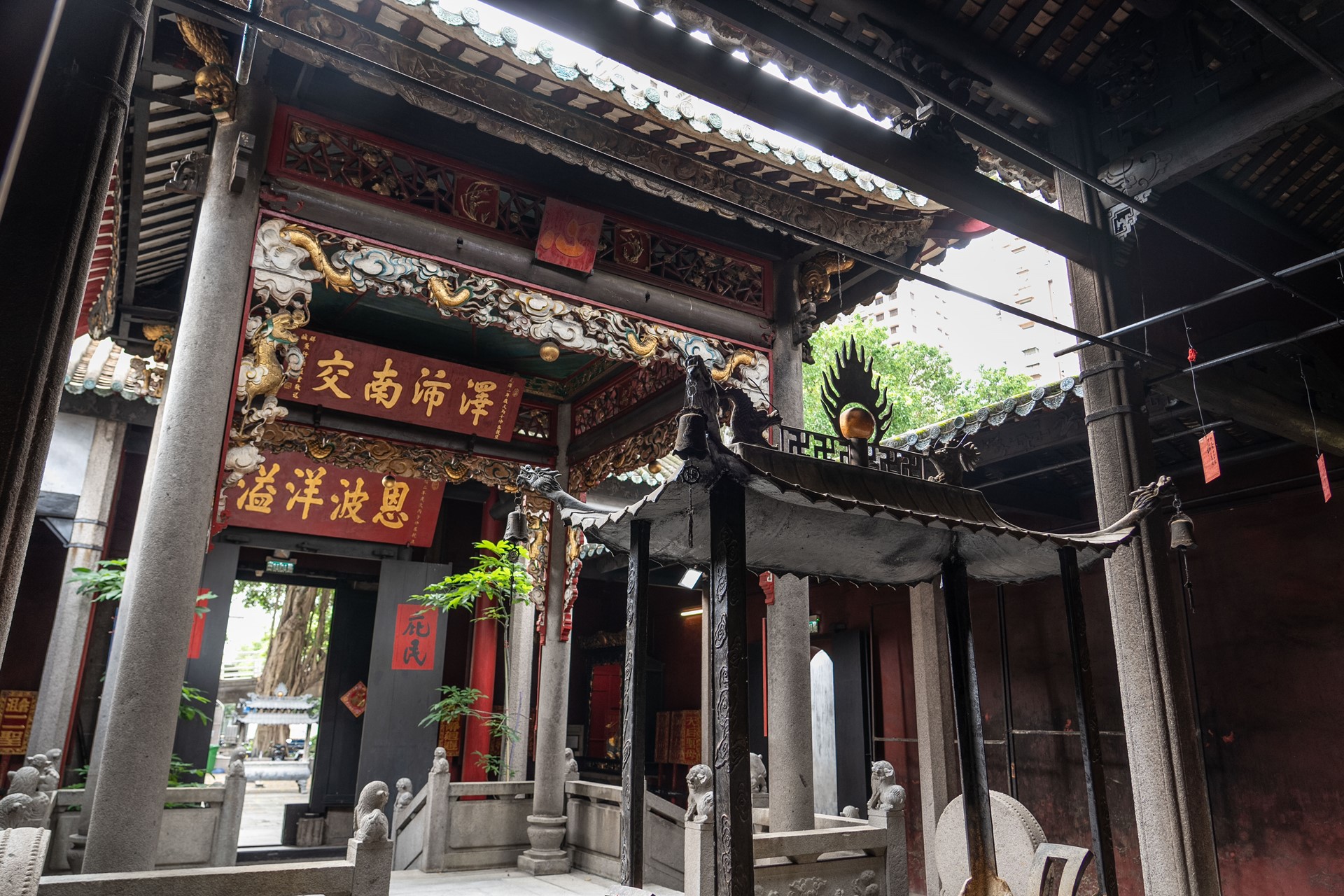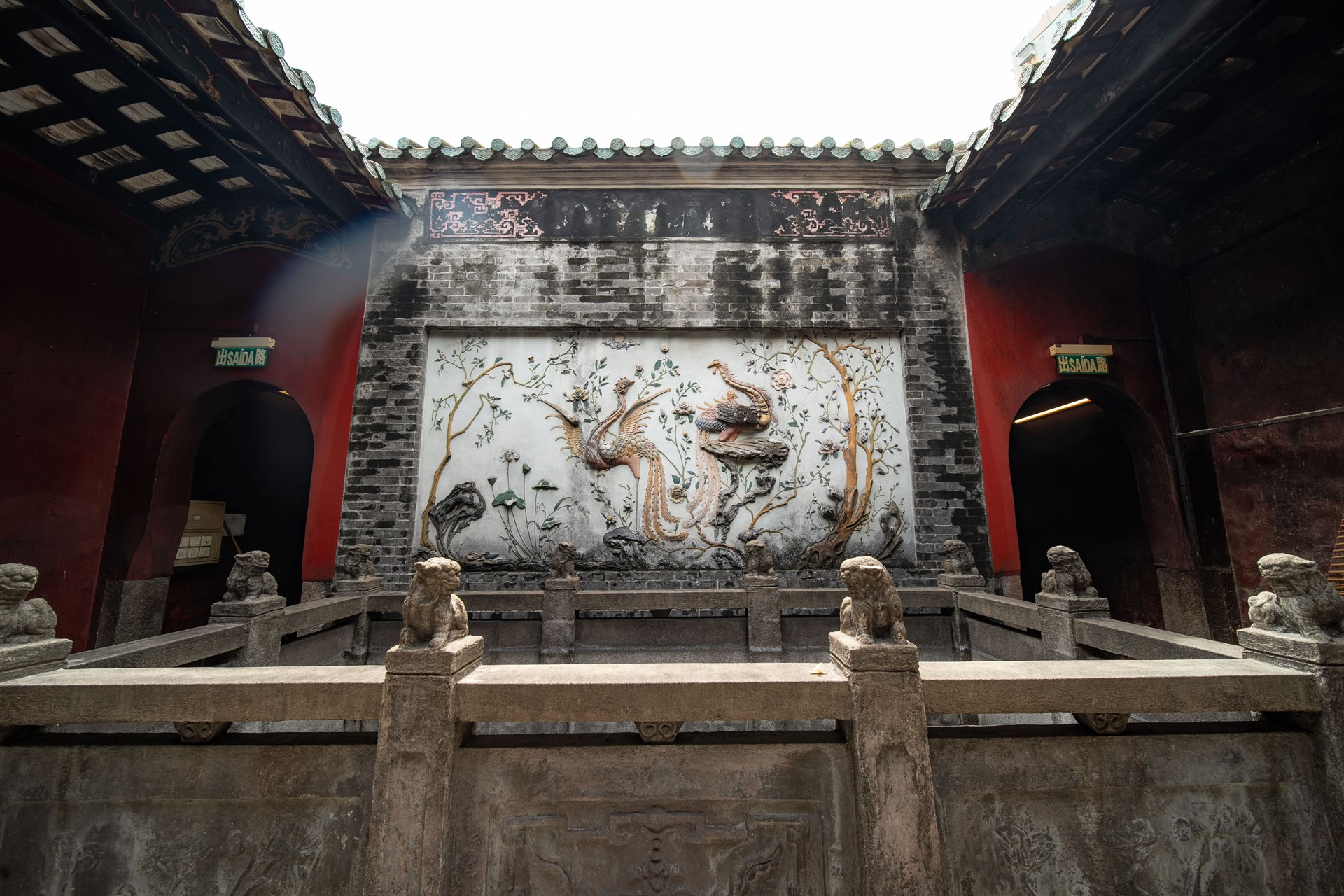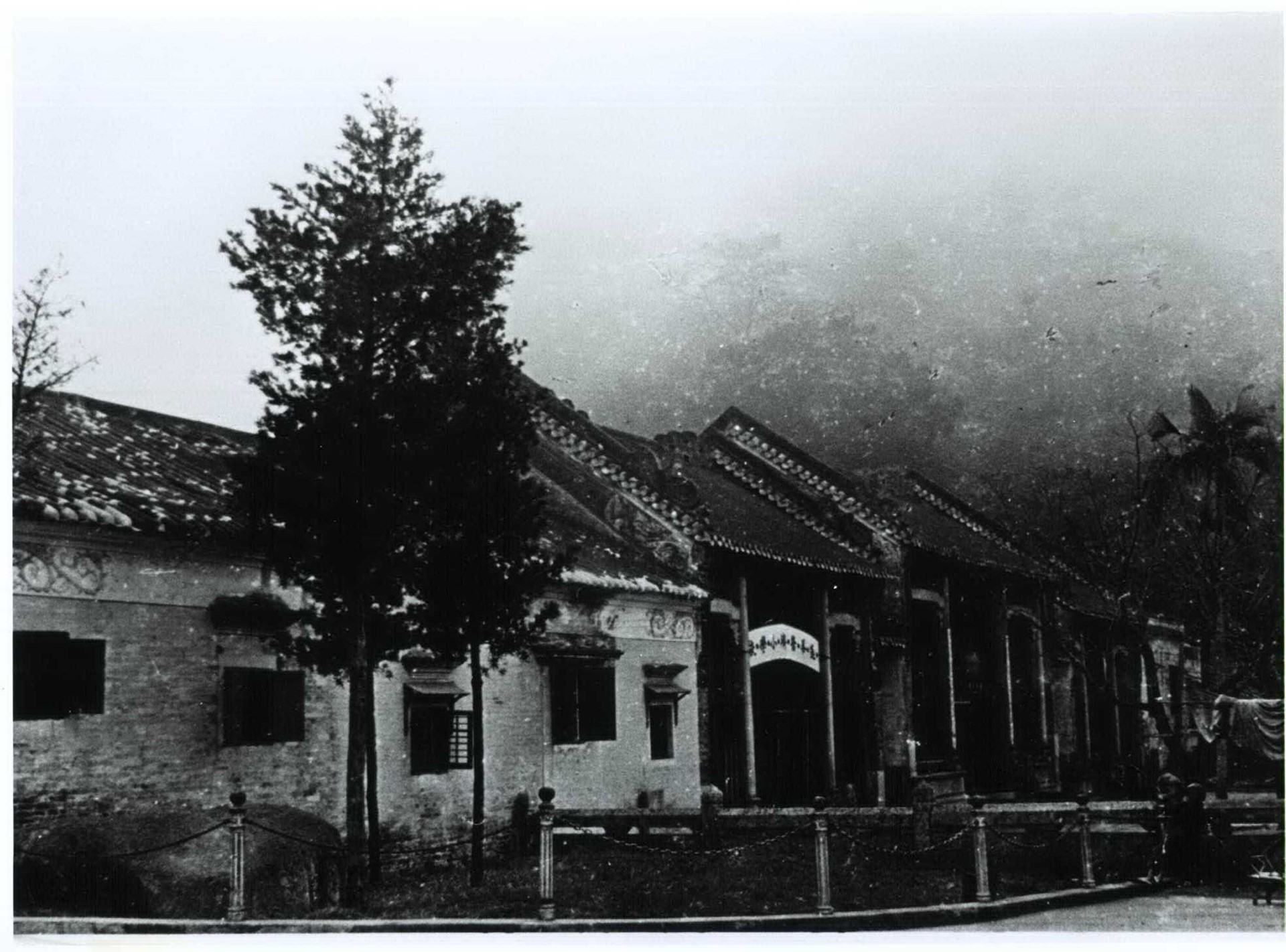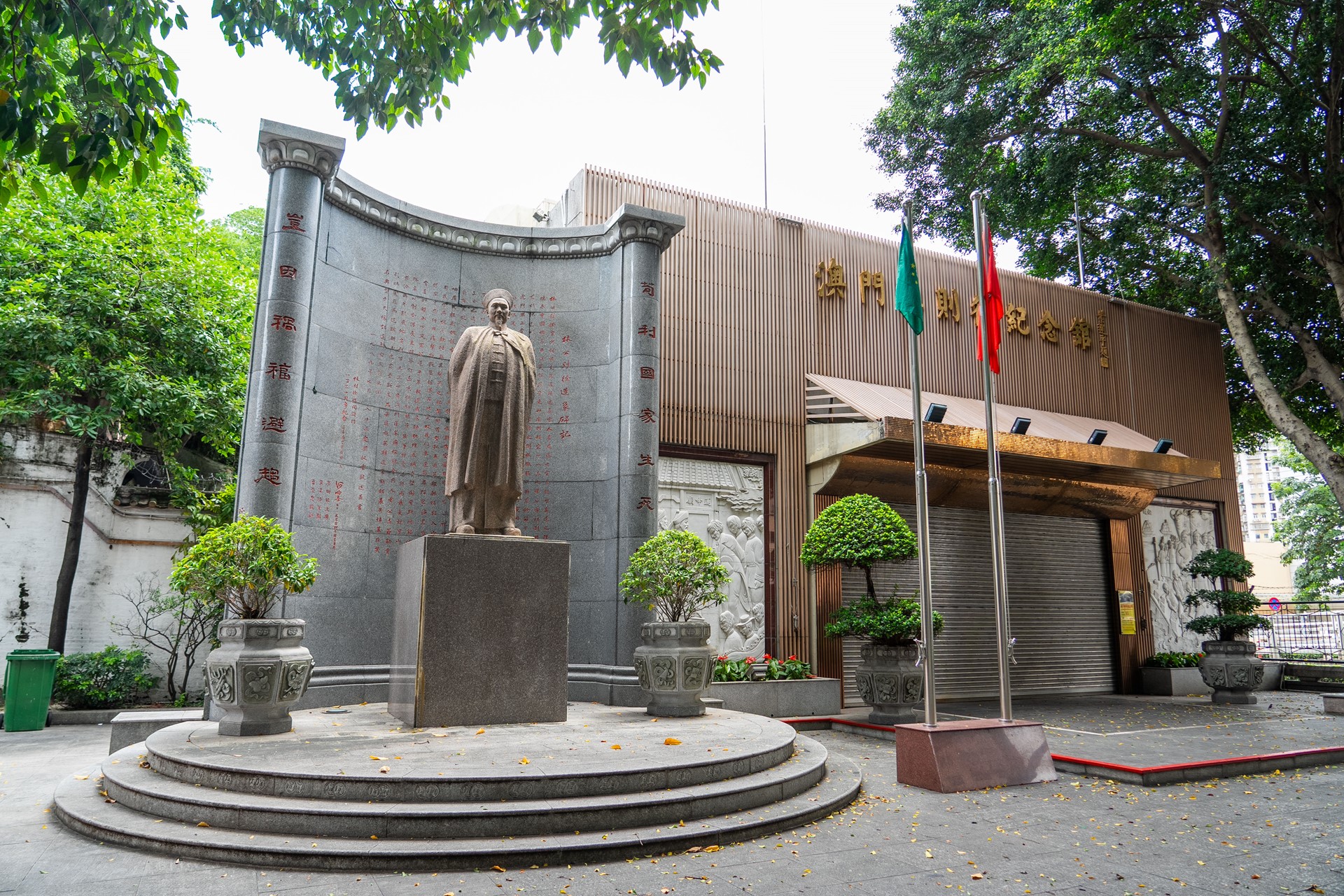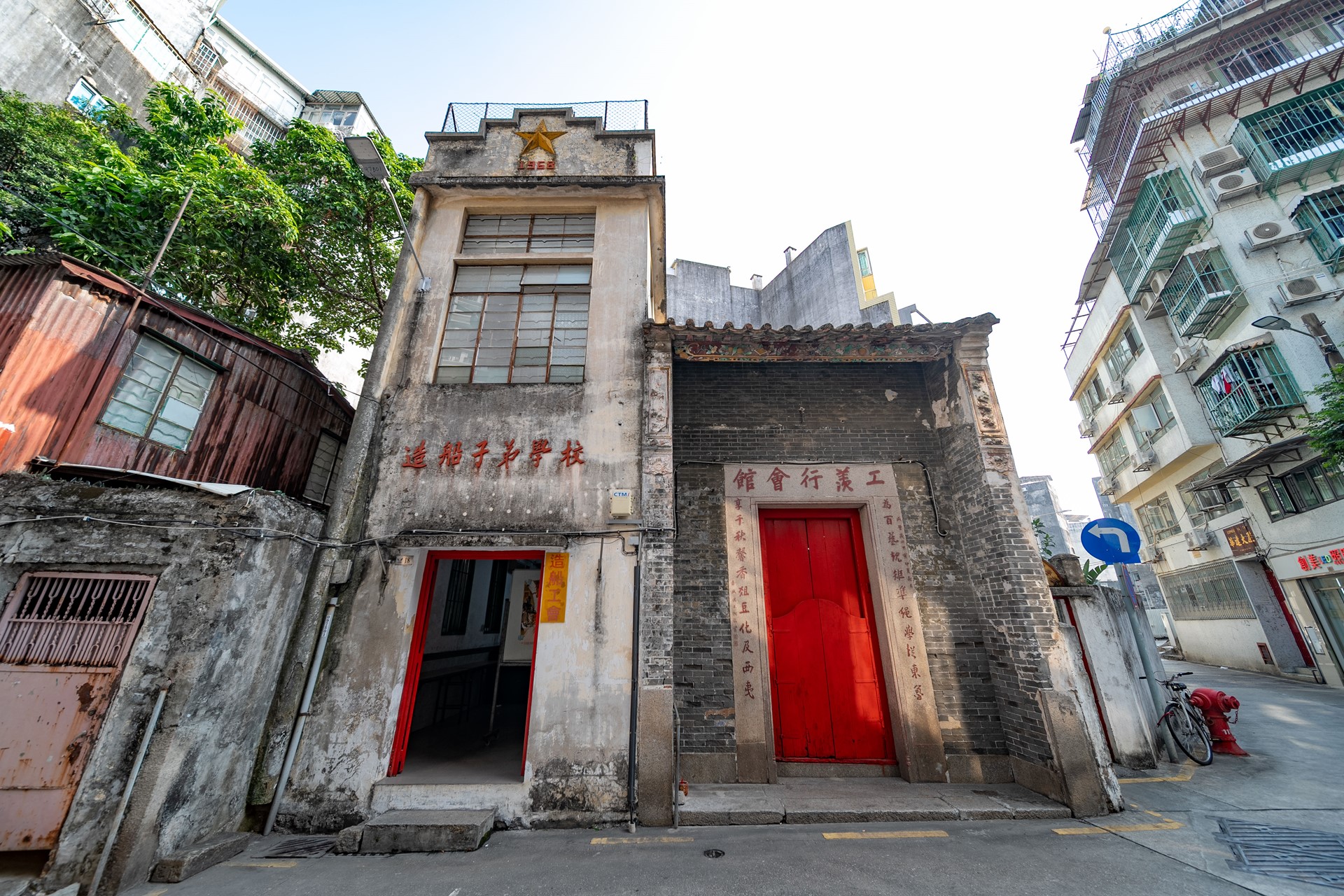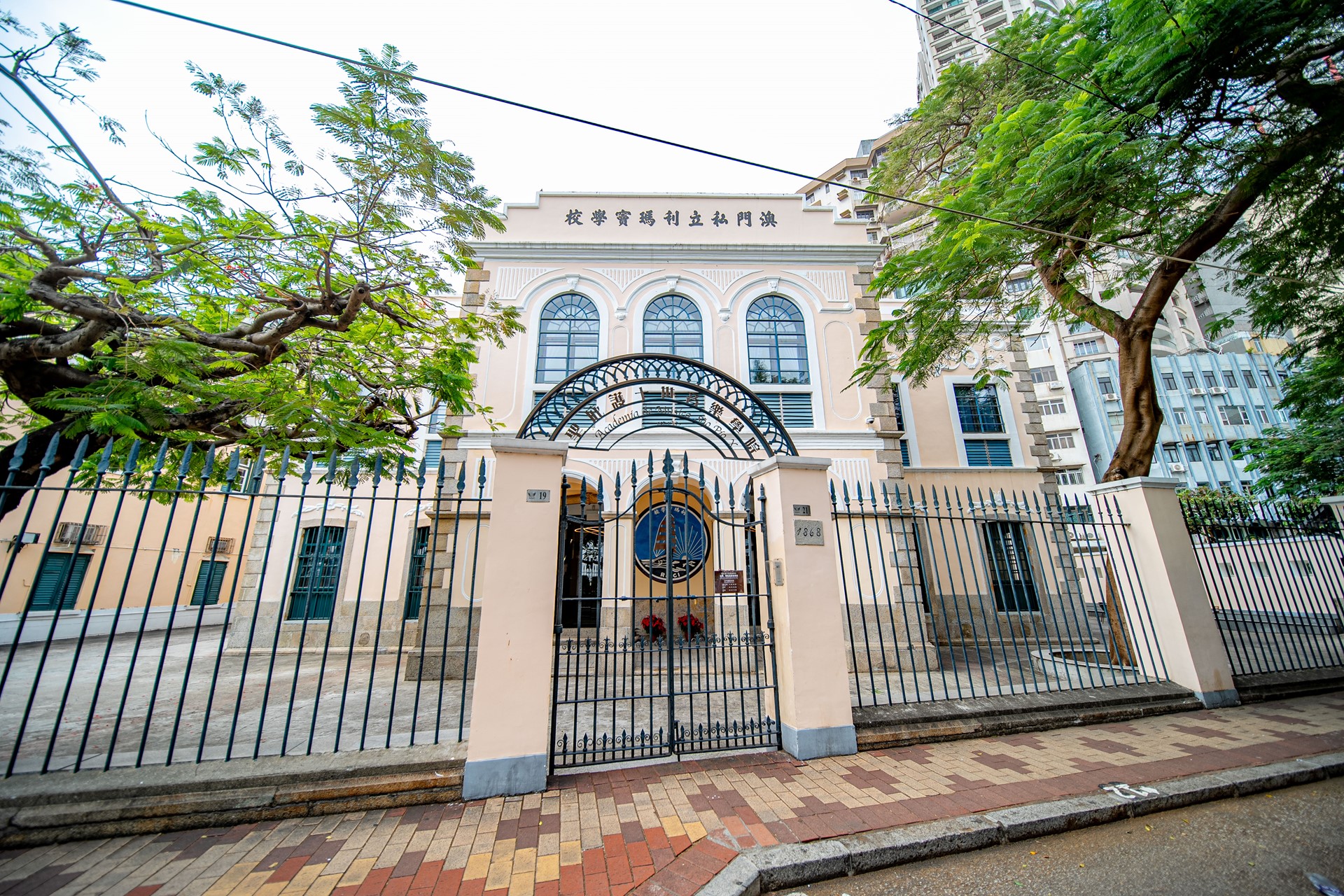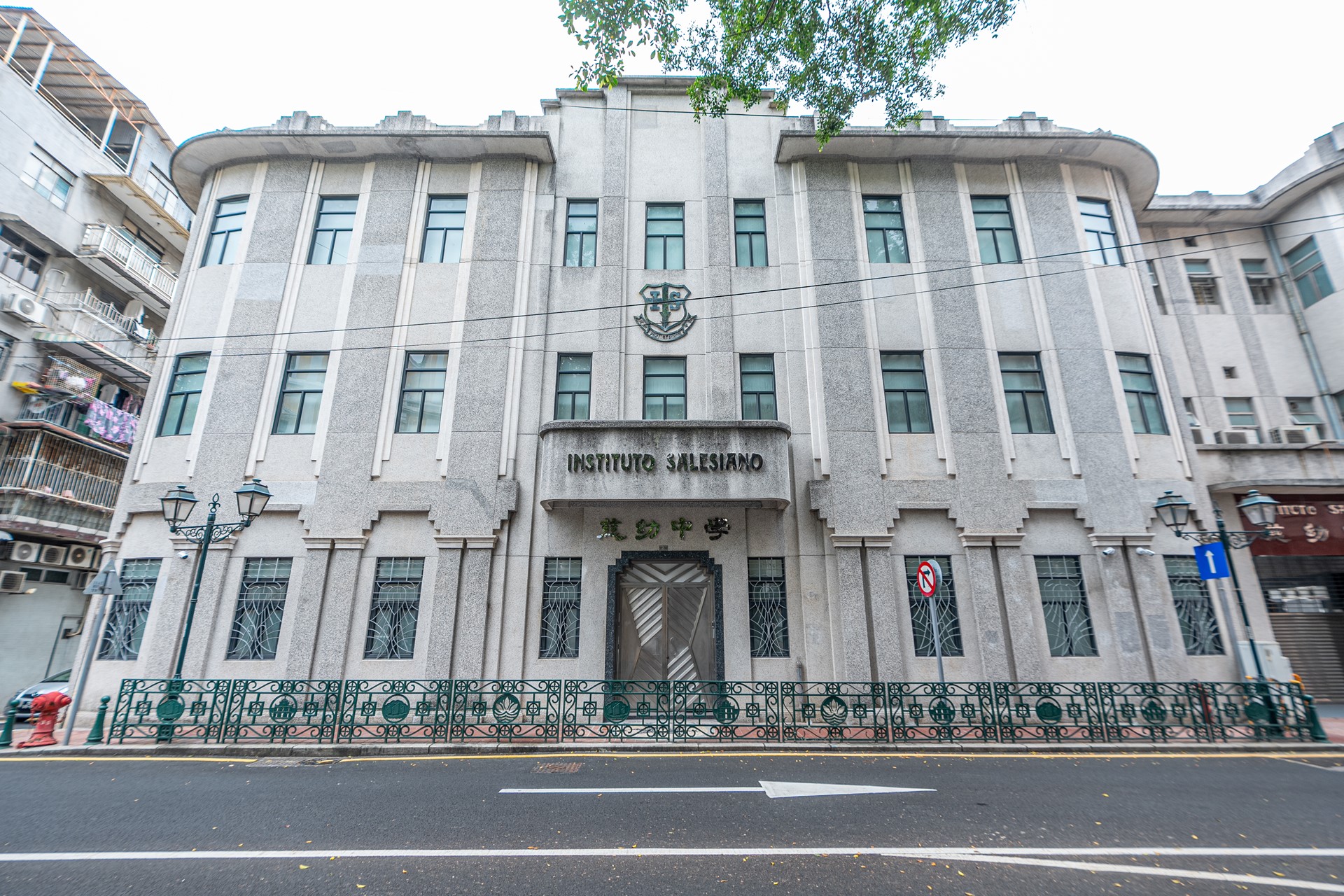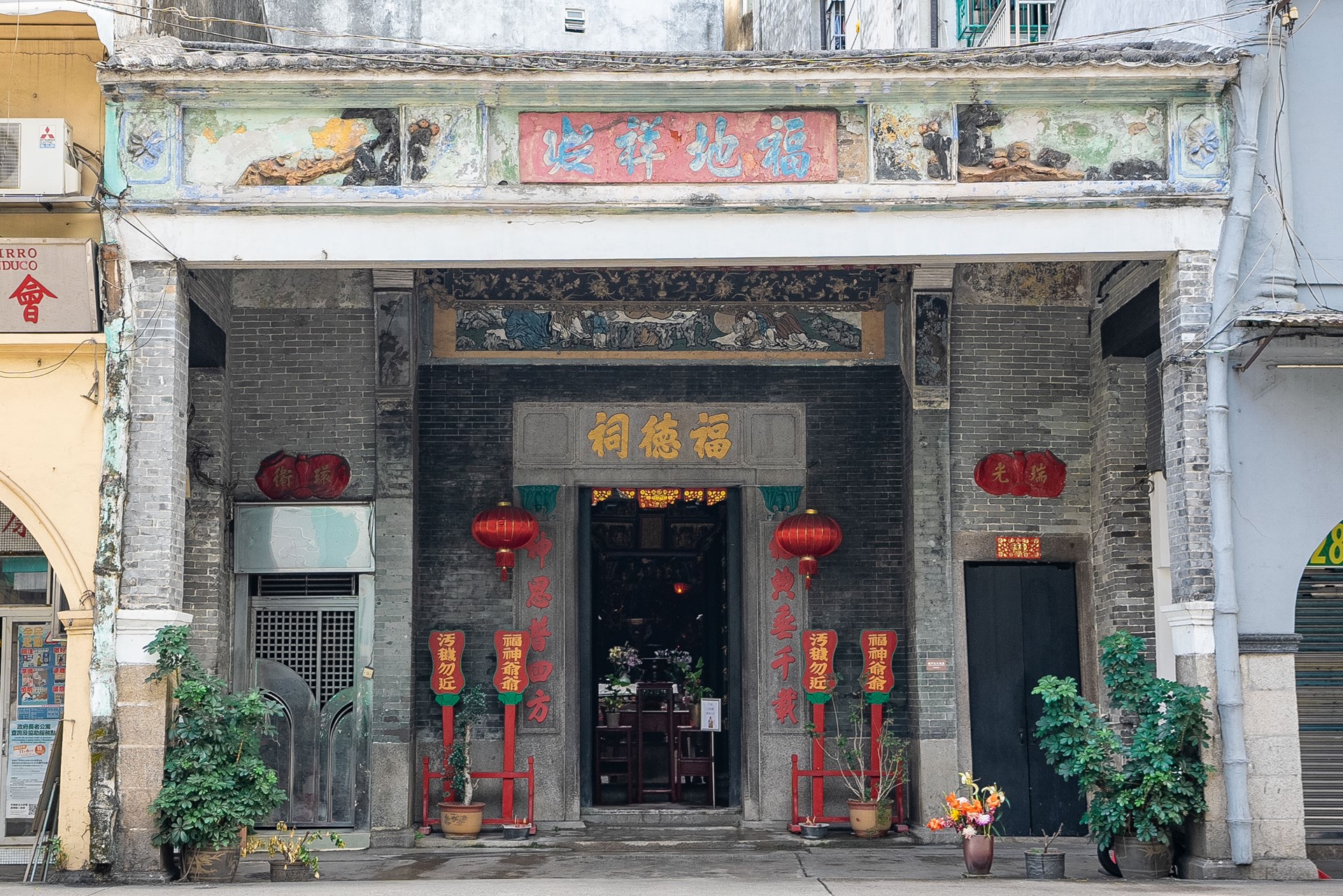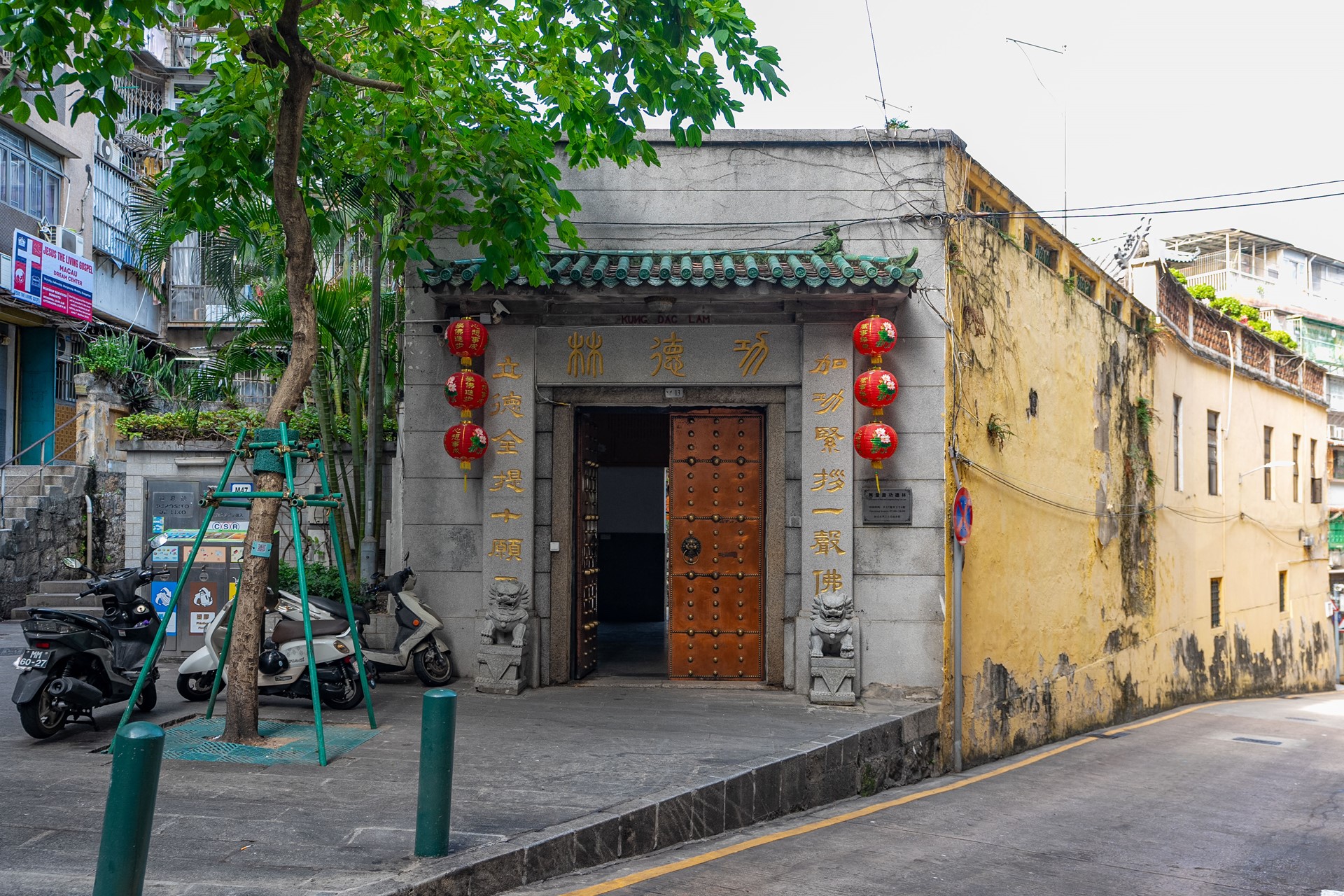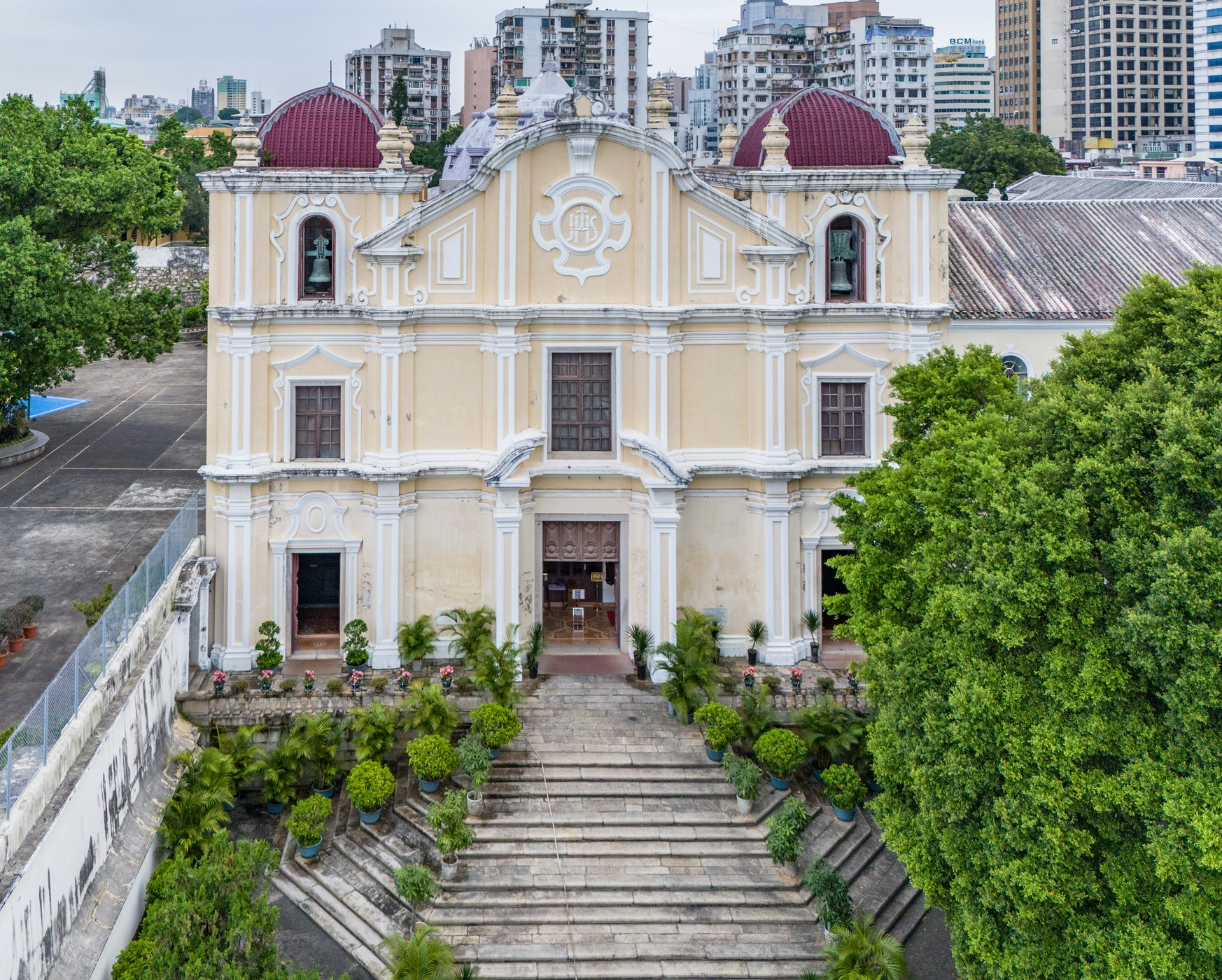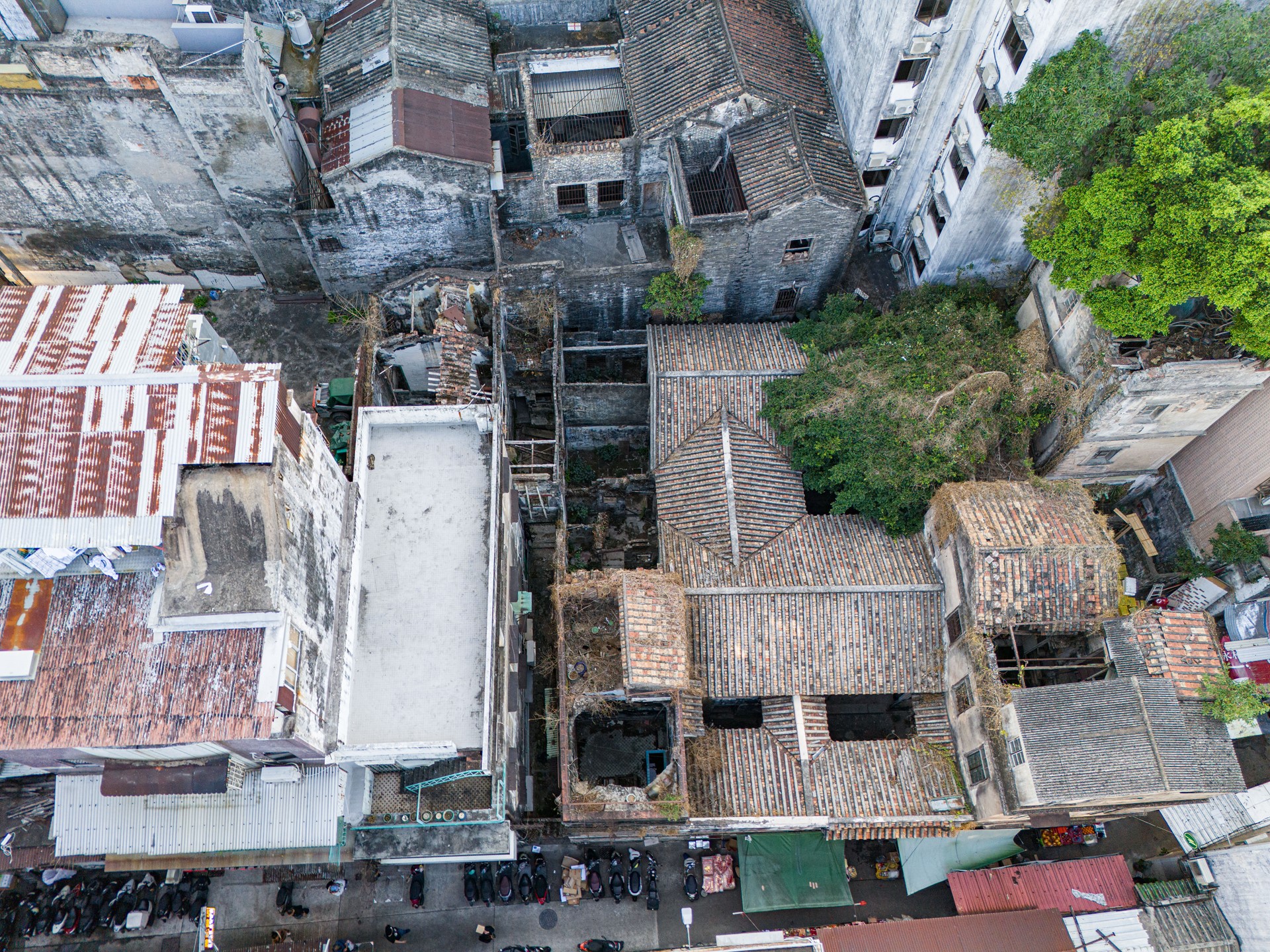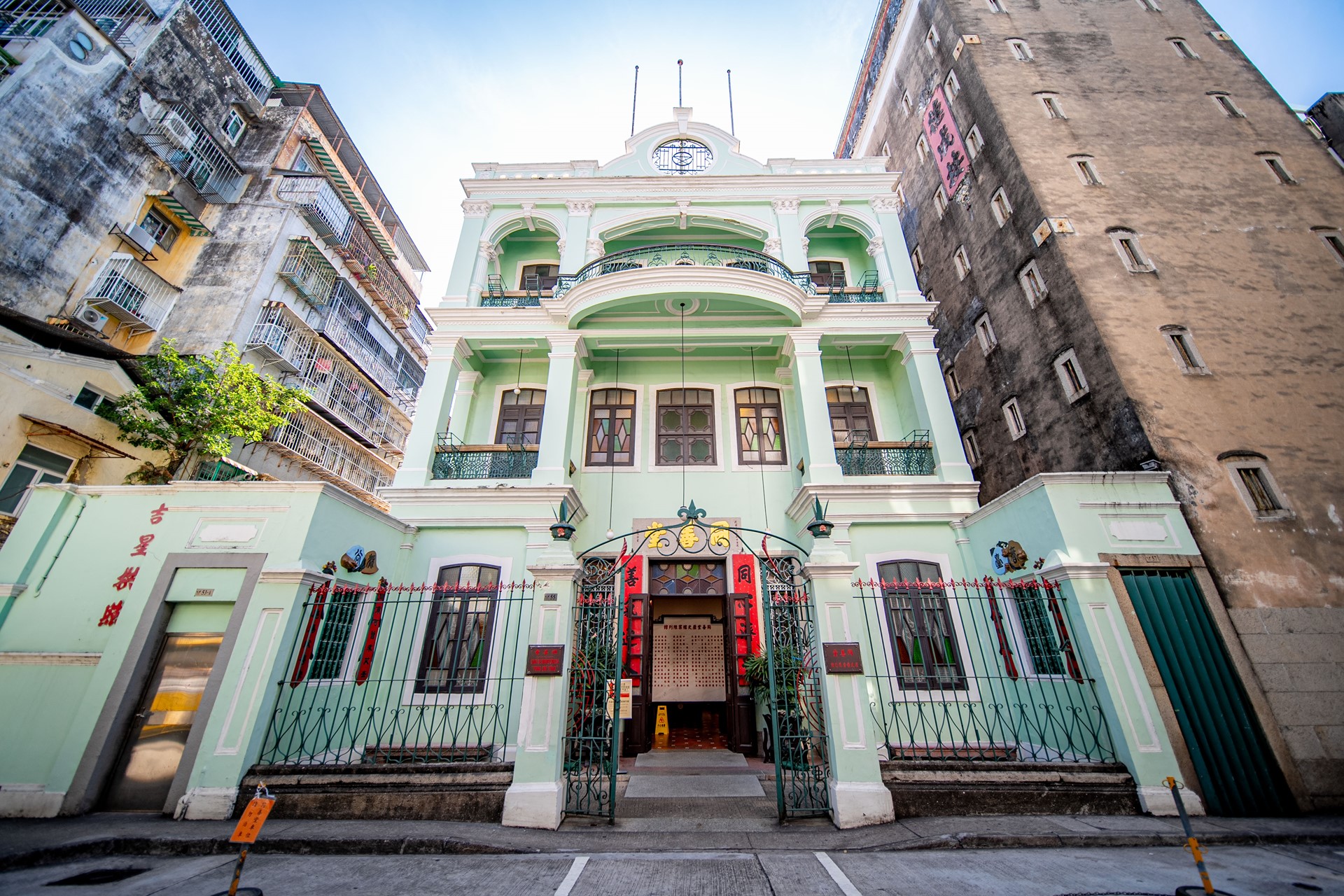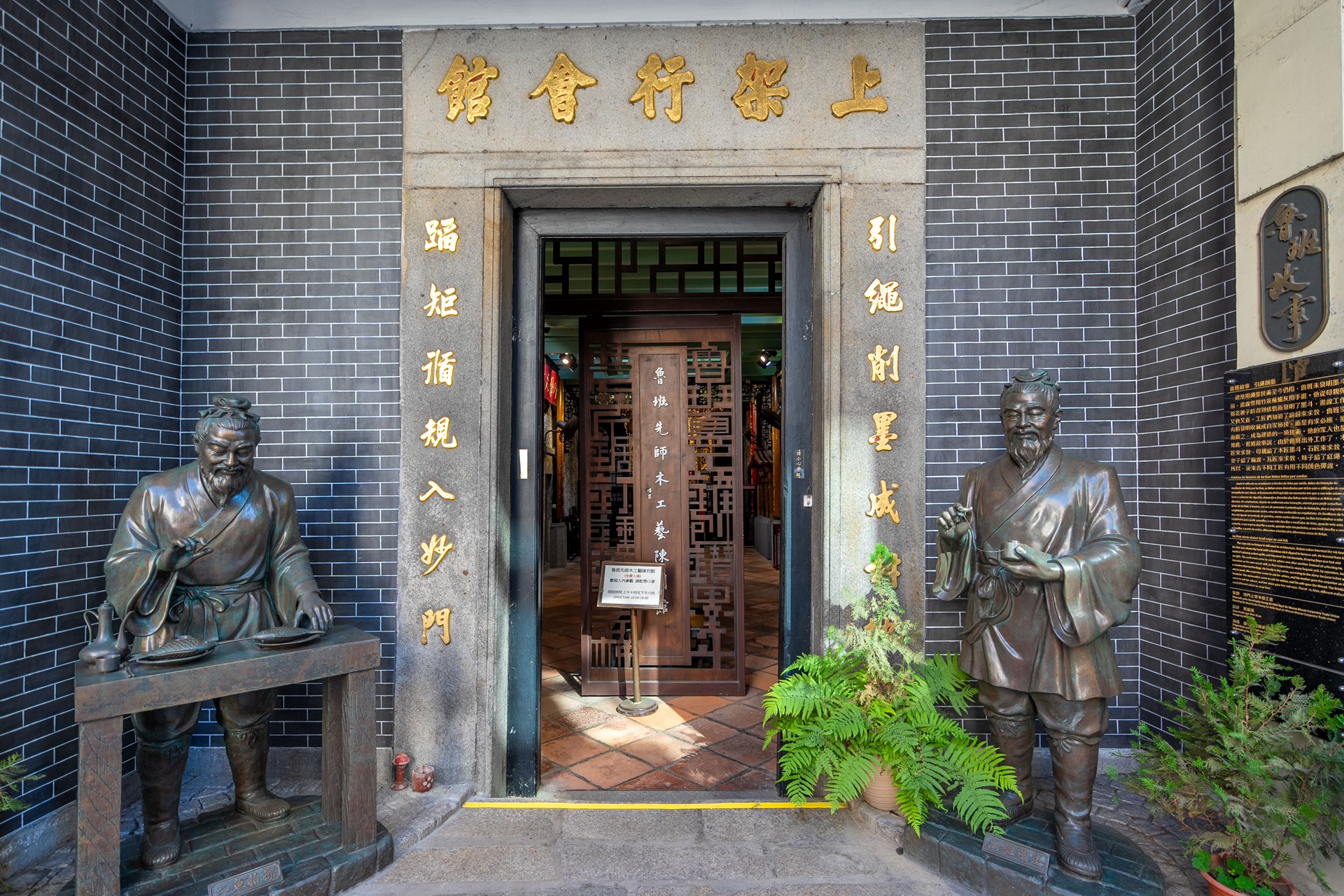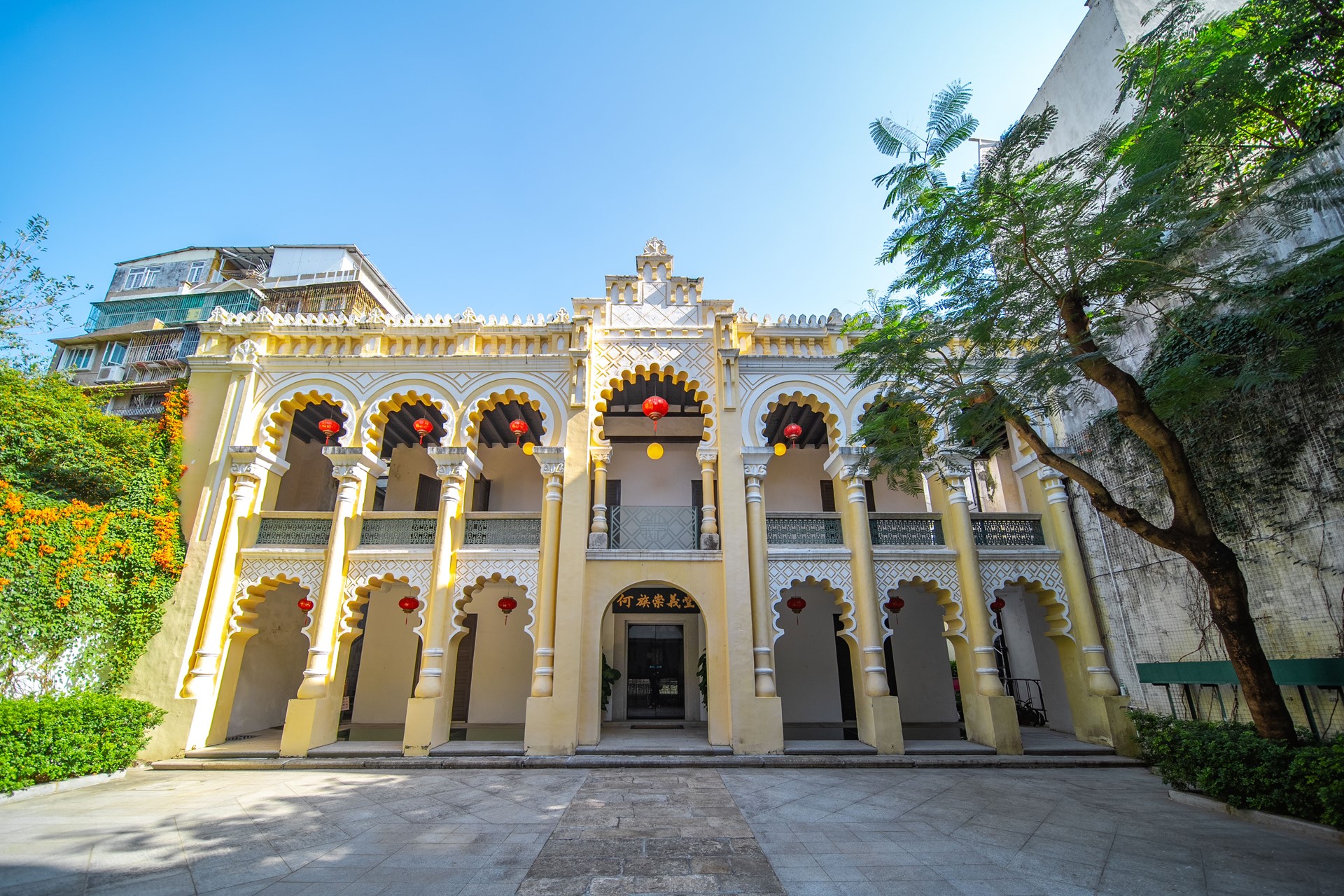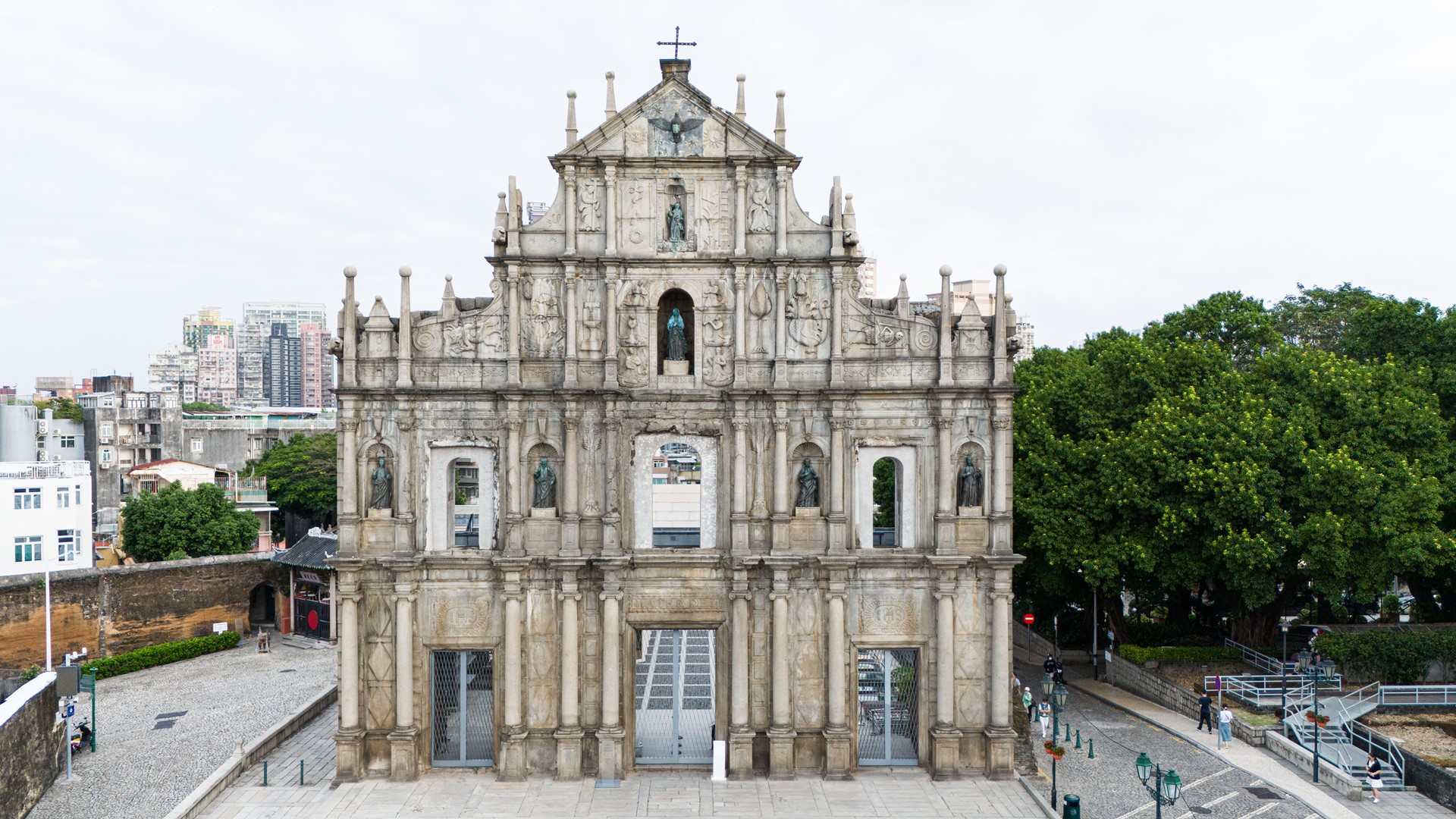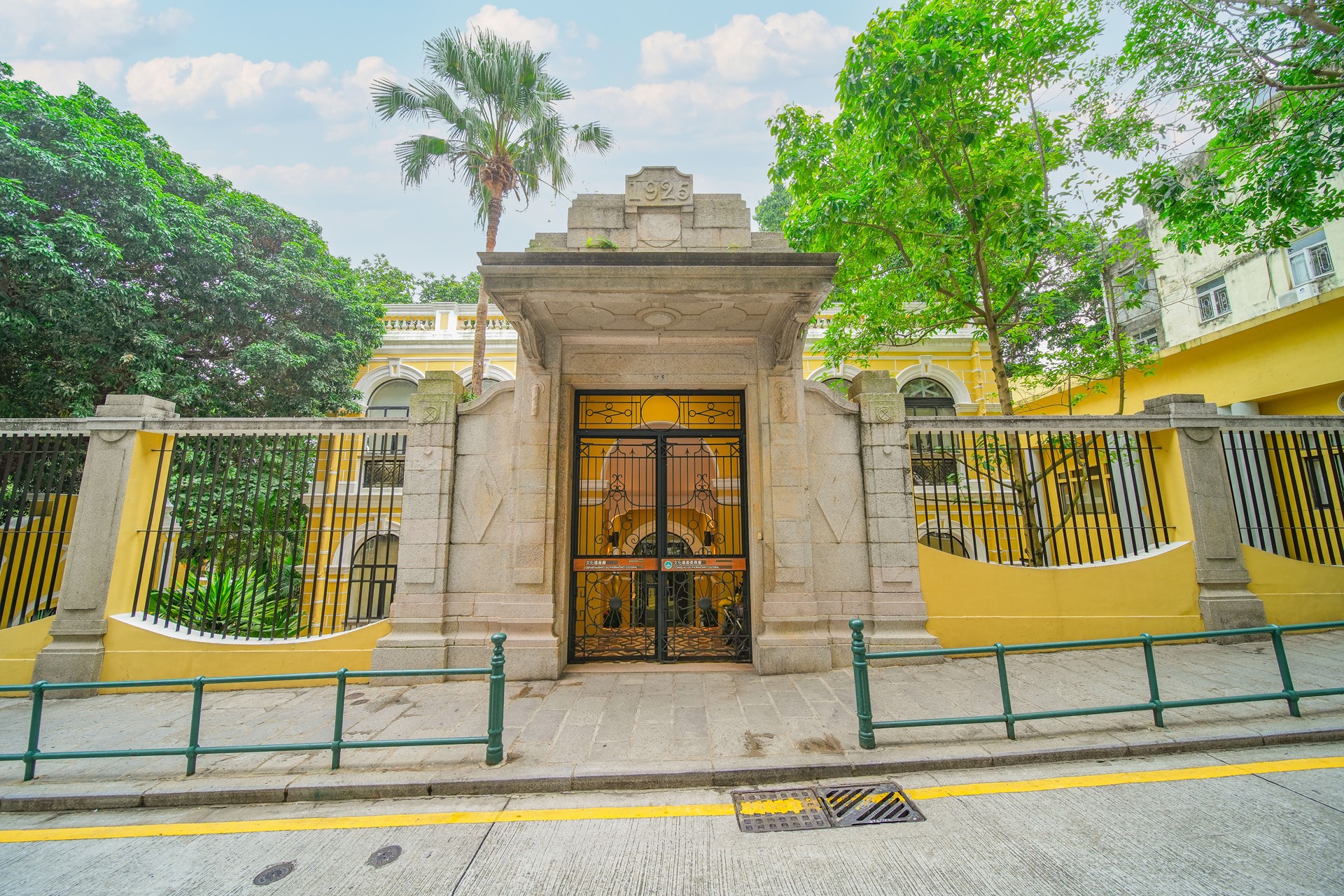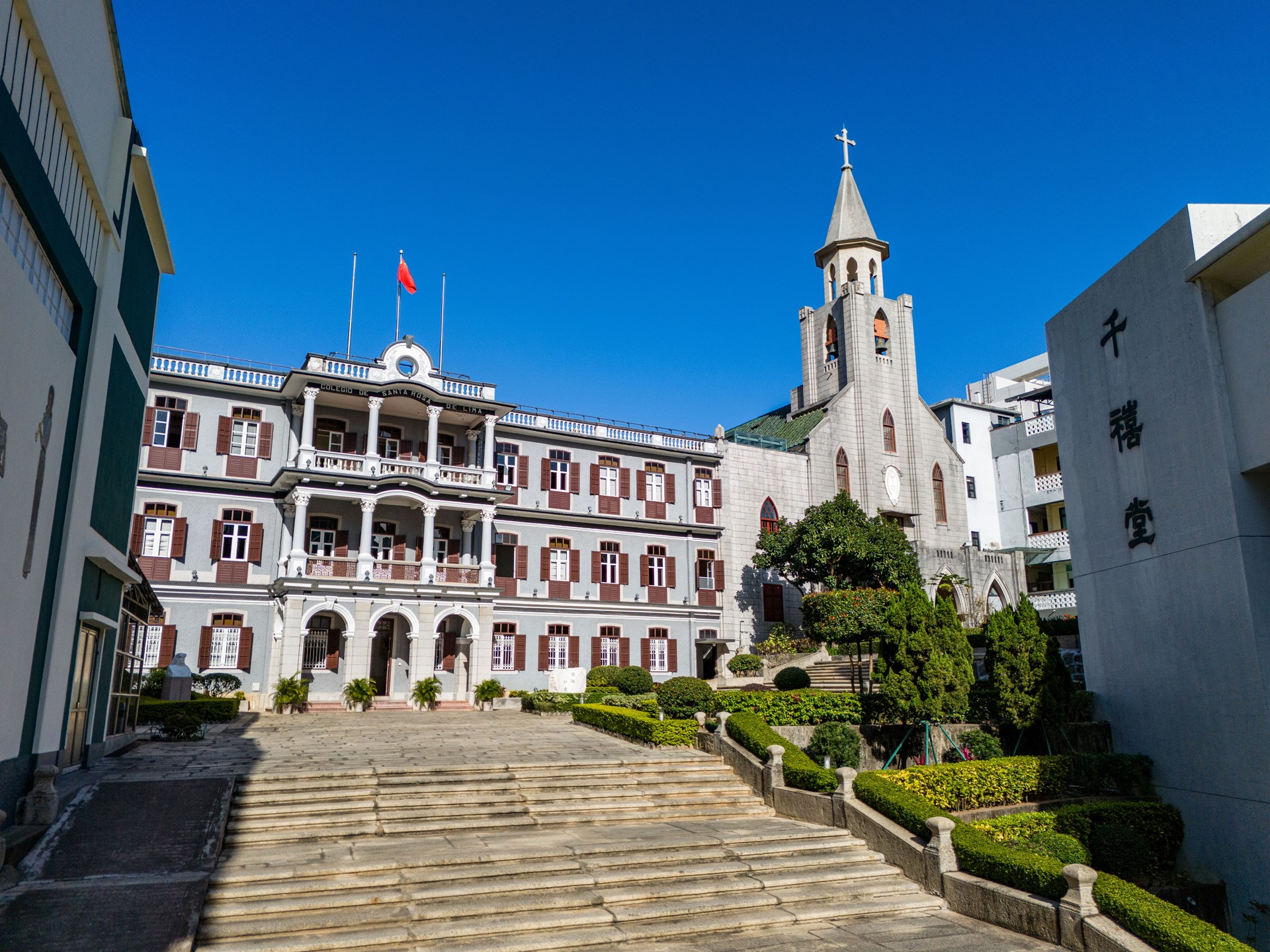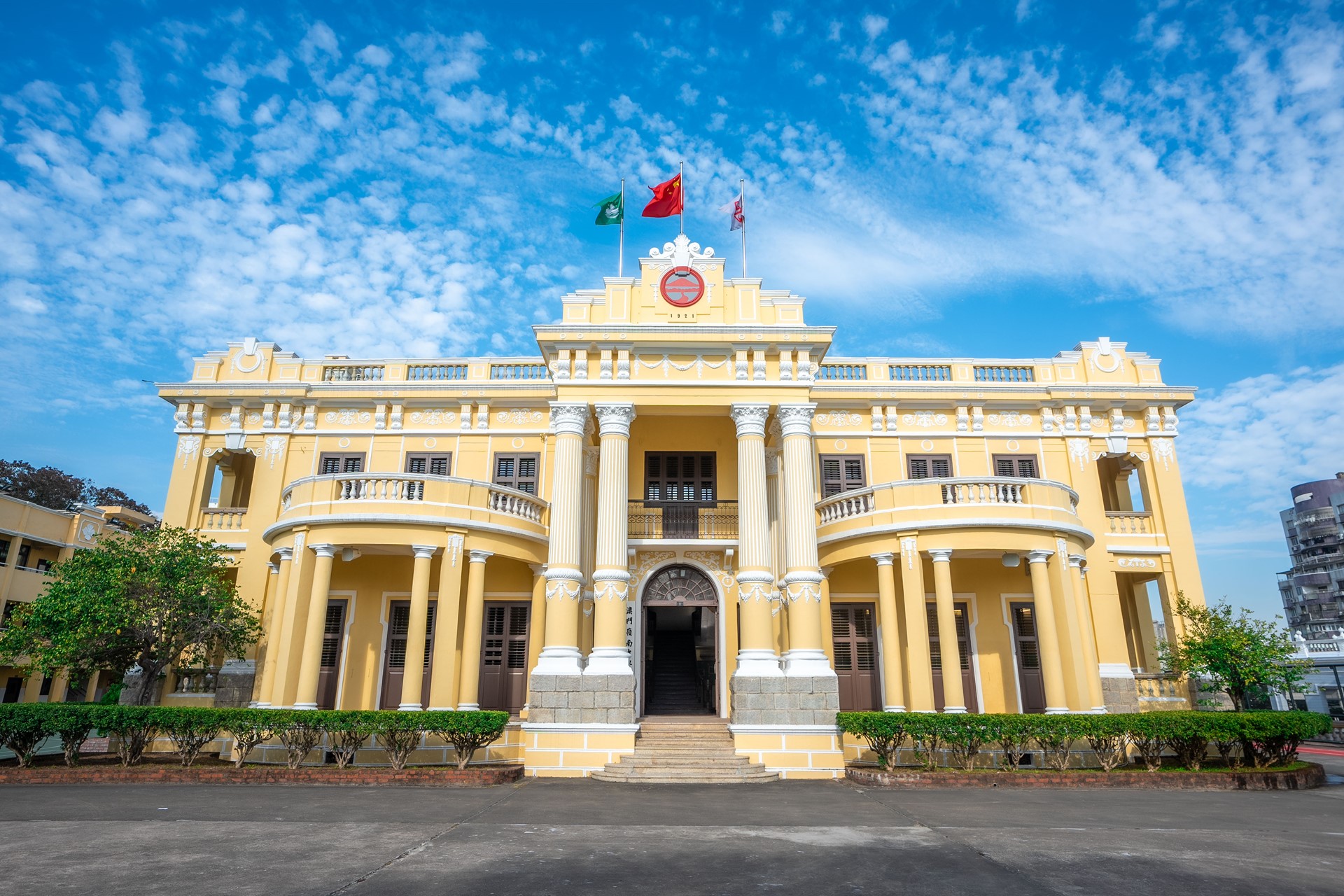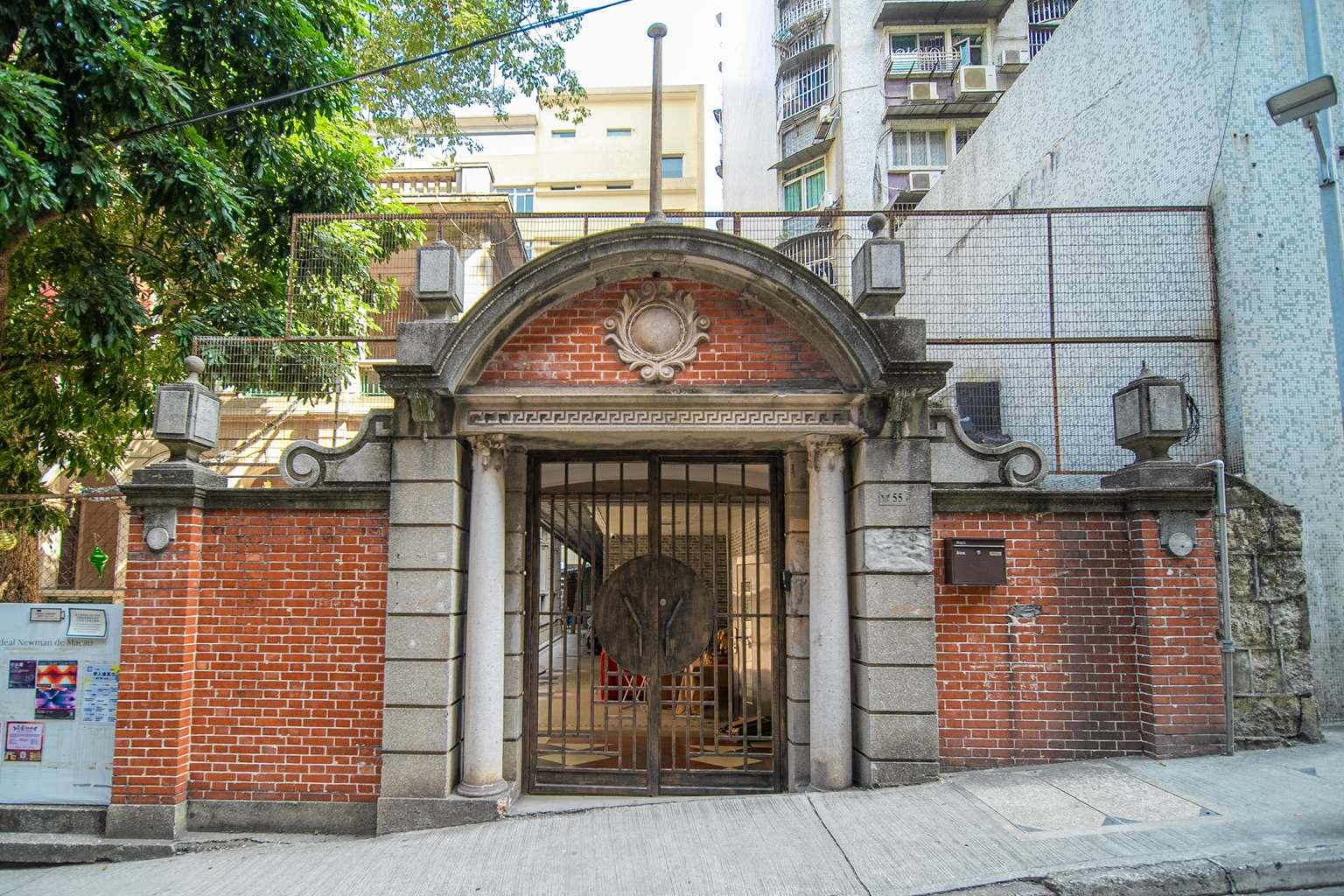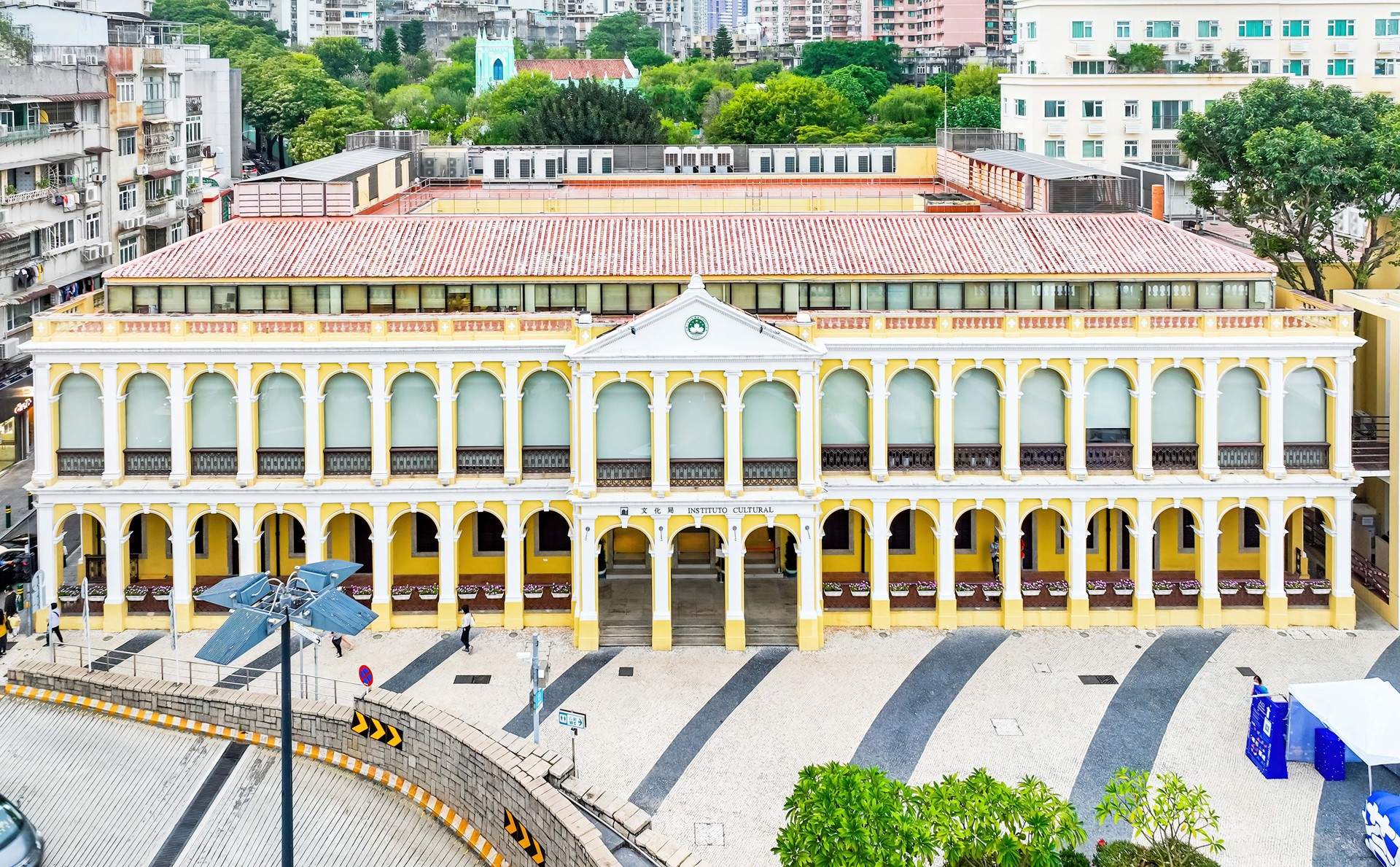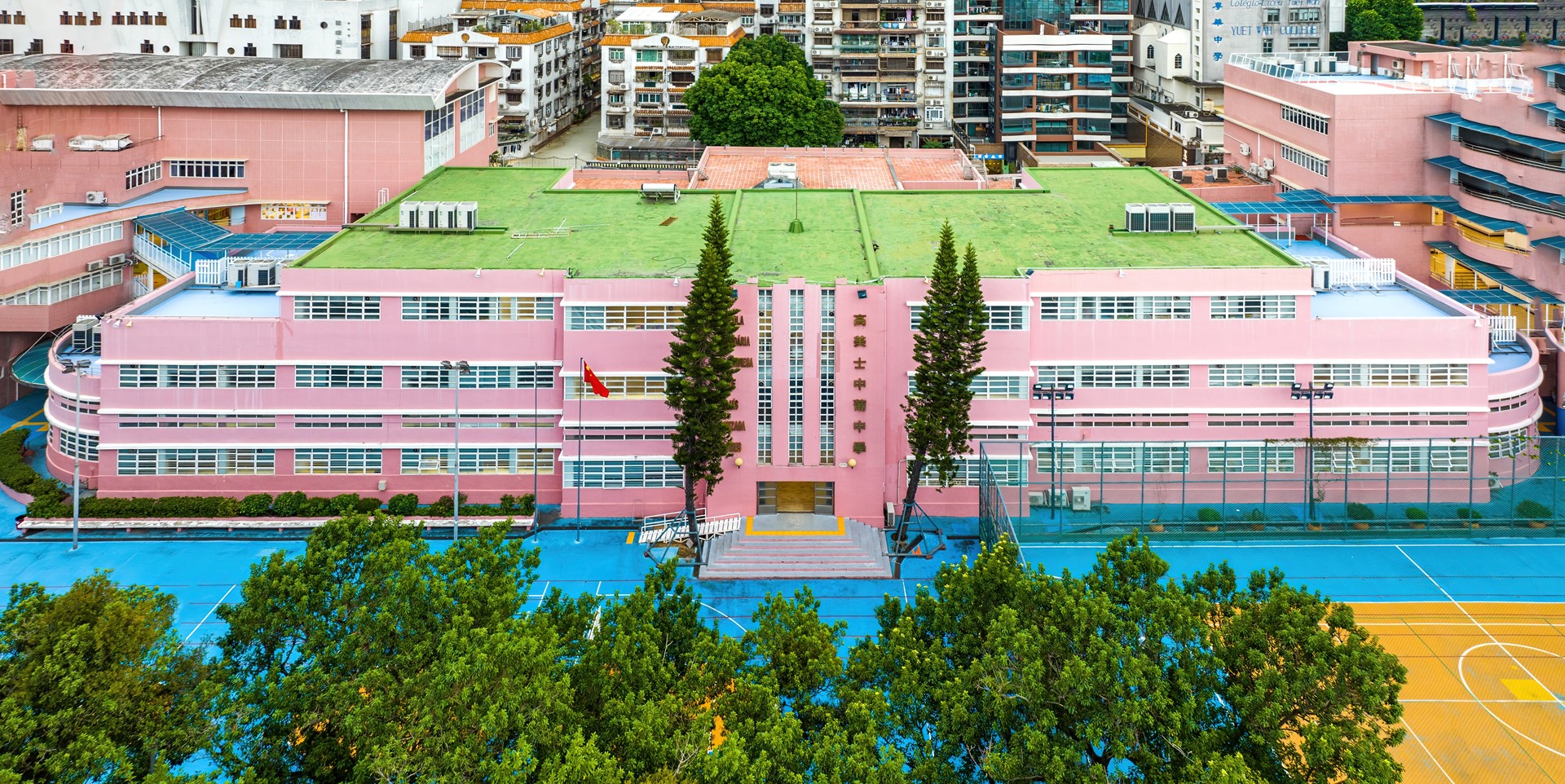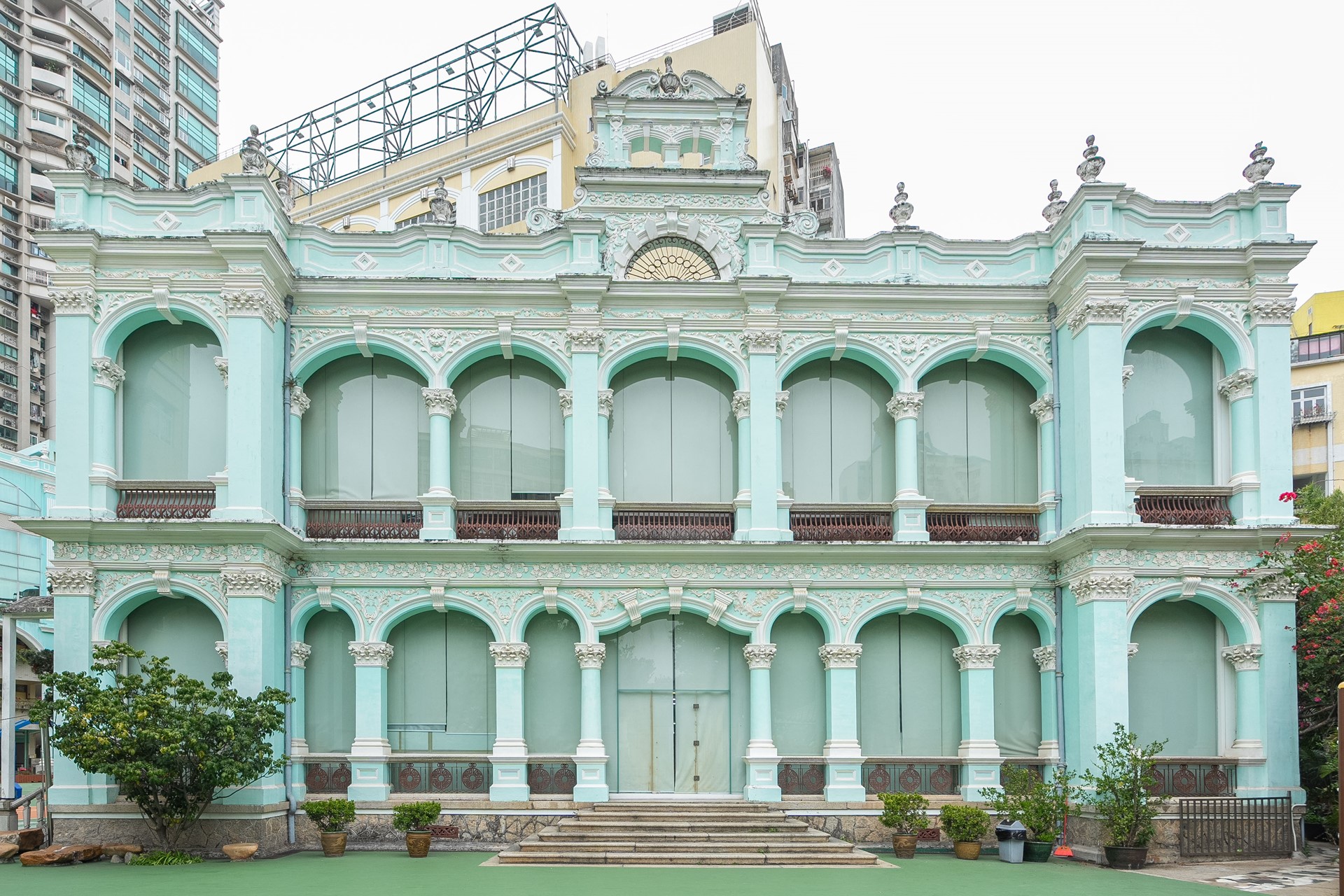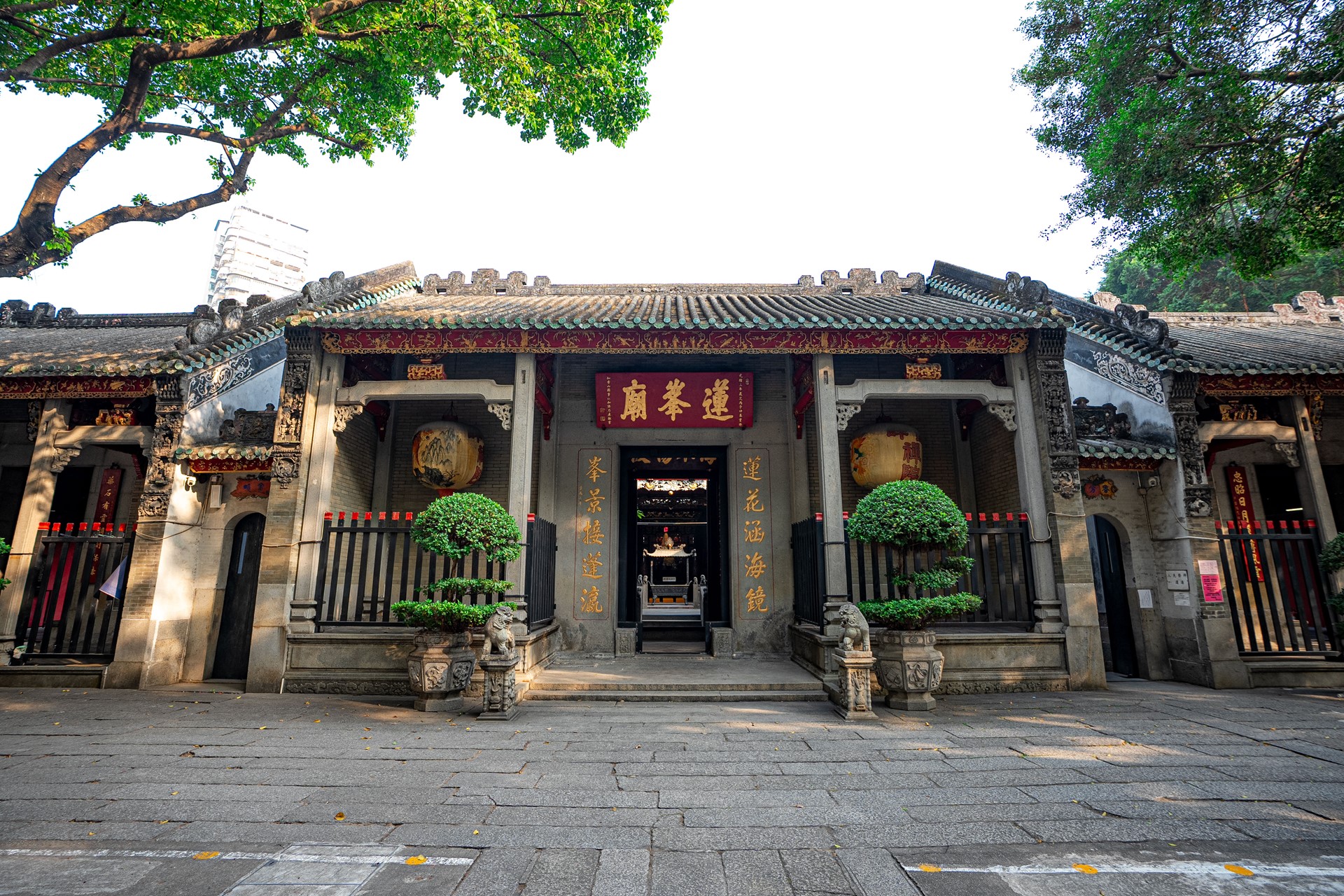Located at the foot of Mong Há Hill, Lin Fong Temple is a large, magnificent, multi-bay Chinese building; each bay has three halls, and a dividing lane in between. Originally built as Cihu Palace in 1723, it was renamed Lin Fong Temple during the Jiaqing period (1796-1820). It was not only a place of worship and gathering for merchants, but also served as the place where Chinese officials would stay when visiting Macao in an official capacity. Lin Zexu, the famed imperial commissioner in Qing dynasty, paid an inspection visit to Macao in 1839. After meeting with the Portuguese authorities, Commissioner Lin declared a ban on the opium trade at Lin Fong Temple.
In 1920, school principal Leung Ian Meng advocated the establishment of a charity school to provide free education for Chinese children near the Border Gate area. Supported by the Lin Fong Temple Charity Committee, the proposal led to the founding of the Lin Fong Free School, which initially offered literacy classes in the temple, with desks and chairs arranged in rows. In the early 1960s, the school was renamed Lin Fong Pou Chai School, sustained by the Association of Piety and Charity Pou Chai Sim Iun. Due to growing student numbers, a new building was constructed beside the temple in the 1980s. At present Lin Fong Pou Chai School has three teaching buildings and provides kindergarten and primary school education services, for the purposes of charity and serving the community. It is the only existing Buddhist school in Macao.
Macao’s education is characterized by diversity, with temple-run charity schools being a significant feature. They were basically free of charge or charged very low fees, allowing grassroots Chinese children access to education, thus playing a positive role in the popularisation of primary education in Macao. The late 19th century to the 1960s-1970s was the peak period of temple-run charity schools. Nowadays, only the Lin Fong Pou Chai School remains operational.
